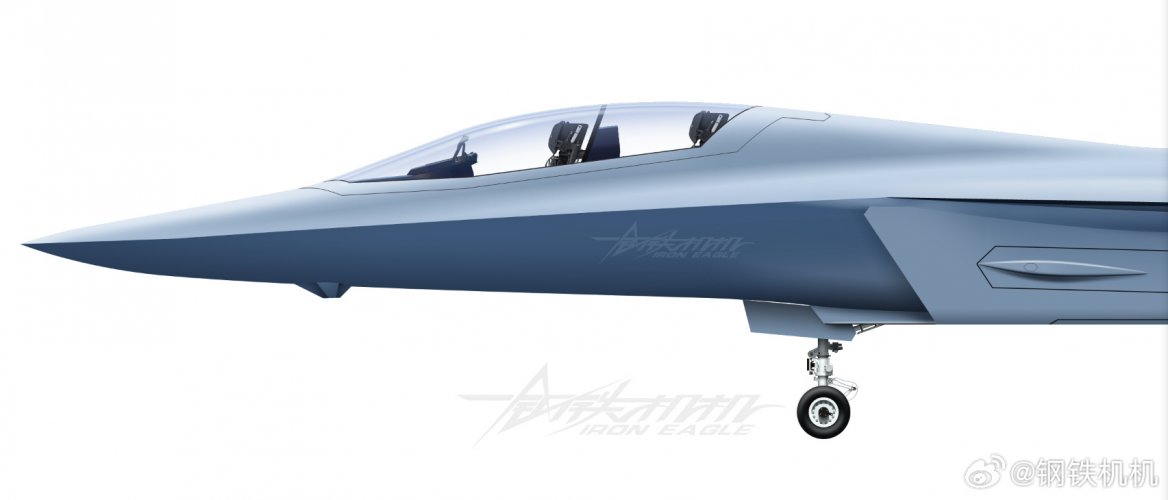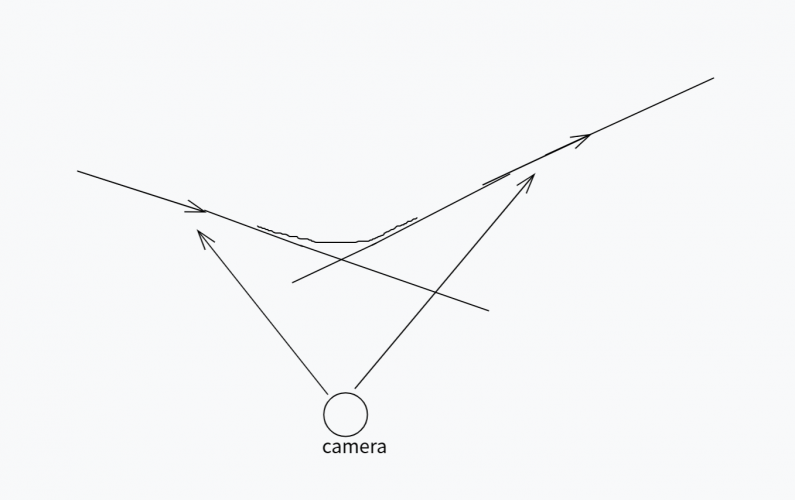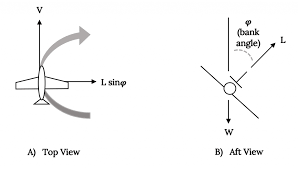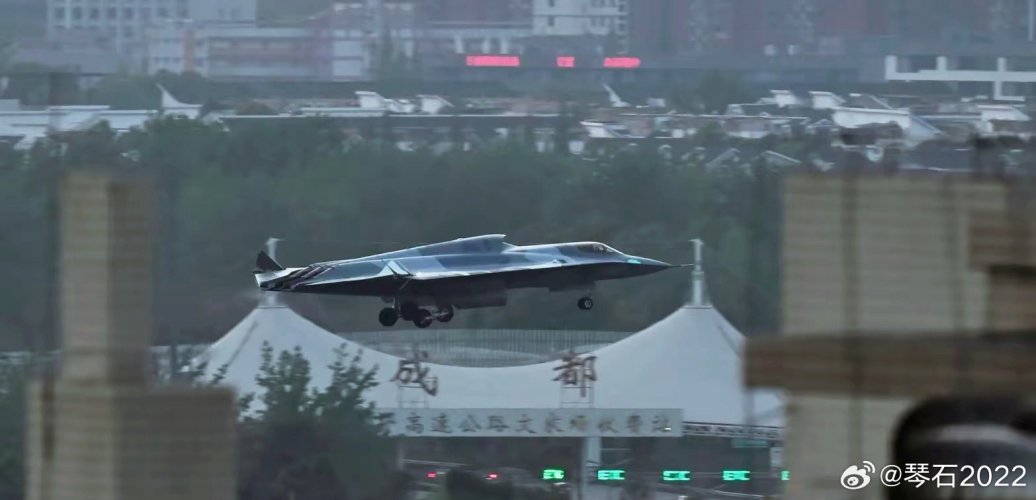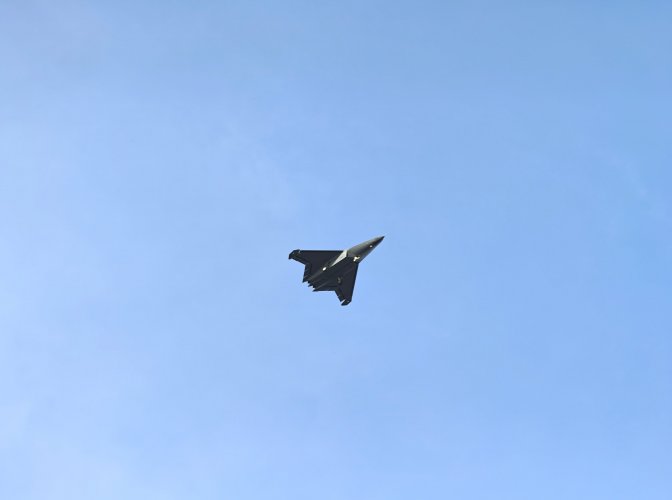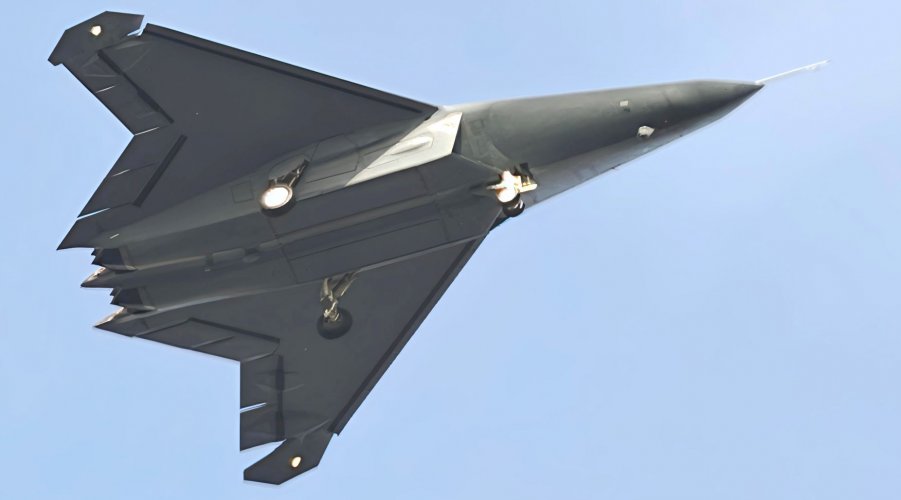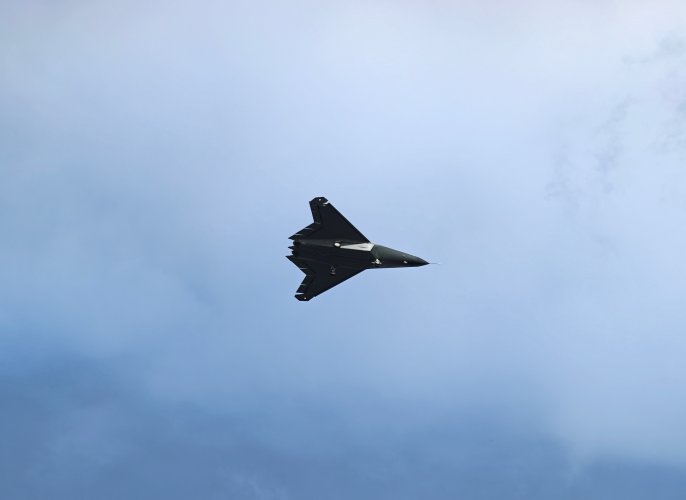vertical fins do not need the rudder to stabilize all the time, the vertical fins straight up the flow by becoming walls that are most of the time in the symmetric line that cuts the fuselage in two sides longitudinally or what we call fuselage longitudinal axis . for a reason they are called vertical stabilizers and most of the time the rudder is a small part of them.
View attachment 767465
Mirage III for that reason used a fin, not an all moving vertical fin like SR-71 or Su-57 or split rudders like B-2.
J-36 or any flying wing needs to create drag reducing lift to apply a differential force.
We have to face the reality, these tailless aircraft prioritize stealth and are better than 5th generation in stealth terms but in controlability, no they are not as good, most aircraft for a reason have ventral or dorsal fins with rudders, which is only a small part of the vertical fin.
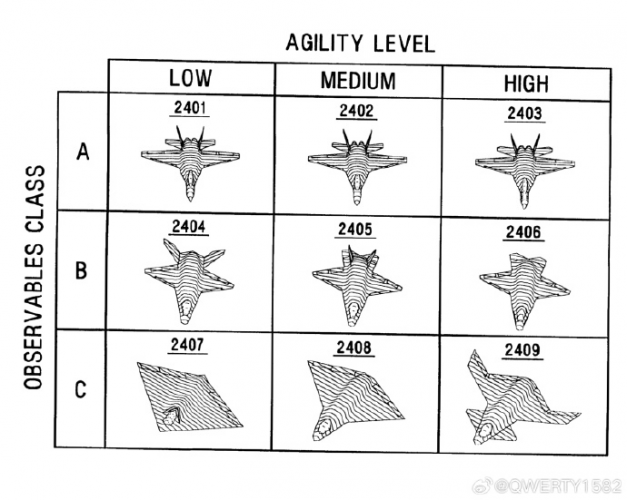
According to the observables-agility matrix in "Impact of Agility Requirements on Configuration Synthesis" of NASA, the agility of tailless configuration 2408 is in the same class as that of the conventional configuration 2402.
Last edited:

